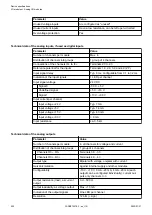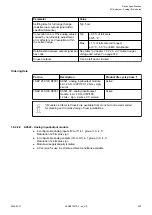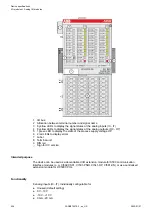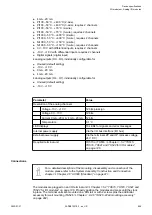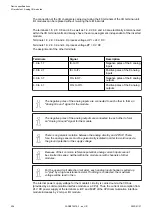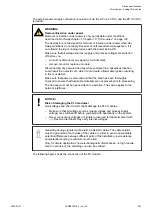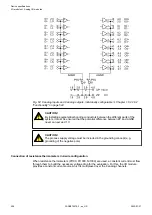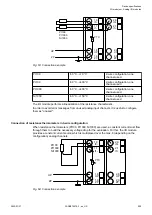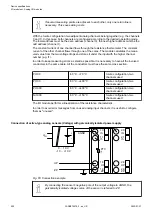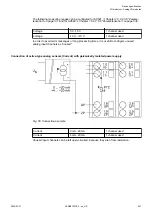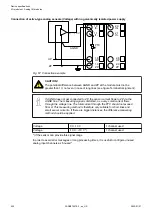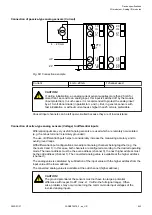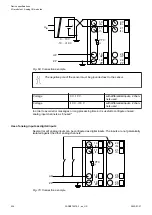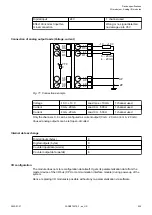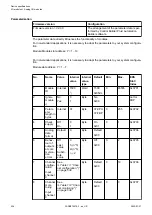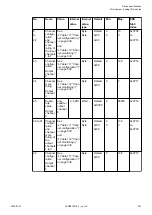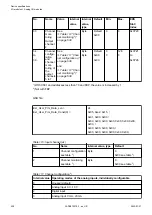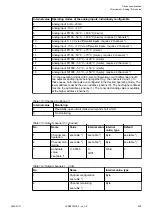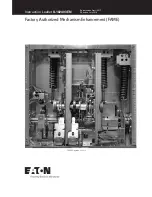
Connection of passive-type analog sensors (Current)
UP
ZP
1.0
I0-
1.1
I1-
1.8
UP
1.9
ZP
PTC
2.0
I0+
2.1
I1+
2.8
UP
2.9
ZP
4 ... 20 mA
-
+
Fig. 68: Connection example
Current
4 mA...20 mA
1 channel used
CAUTION!
If, during initialization, an analog current sensor supplies more than 25 mA for
more than 1 second to an analog input, this input is switched off by the module
(input protection). In such cases, it is recommended to protect the analog input
by a 10-volt Zener diode (in parallel to I+ and I-). But, in general, sensors with
fast initialization or without current peaks higher than 25 mA are preferrable.
Unused input channels can be left open-circuited because they are of low resistance.
Connection of active-type analog sensors (Voltage) to differential inputs
Differential inputs are very useful if analog sensors are used which are remotely non-isolated
(e.g. the minus terminal is remotely grounded).
The use of differential inputs helps to considerably increase the measuring accuracy and to
avoid ground loops.
With differential input configurations, two adjacent analog channels belong together (e.g. the
channels 0 and 1). In this case, both channels are configured according to the desired operating
mode. The lower address must be the even address (channel 0), the next higher address must
be the odd address (channel 1). The converted analog value is available at the higher address
(channel 1).
The analog value is calculated by subtraction of the input value with the higher address from the
input value of the lower address.
The converted analog value is available at the odd channel (higher address).
CAUTION!
The ground potential at the sensors must not have too large a potential
difference with respect to ZP (max. ±1 V within the full signal range). Other-
wise, problems may occur concerning the common-mode input voltages of the
involved analog inputs.
Device specifications
I/O modules > Analog I/O modules
2022/01/31
3ADR010278, 3, en_US
533




